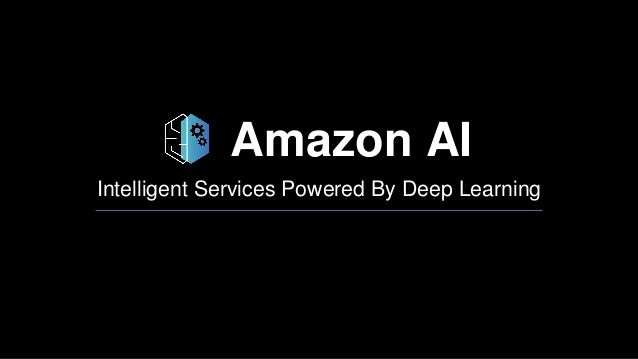AWS Startups Blog
AI or Die: Why companies must Invest in AI
Post by Roy Ben-Alta, AWS Business Development for data analytics, machine learning, and artificial intelligence

If you ask 100 people for the definition of “artificial intelligence,” you’ll get at least 100 answers, if not more. At AWS, we define it as a service or system that can perform tasks that usually require human-level intelligence such as visual perception, speech recognition, decision making, or translation. The promise of AI is mainly around innovation. Today, if you ask CTOs and CIOs about their technical business priorities, most of them would include AI as one of their top three items.
The goal of AWS since day one is to take technology that has limited reach and make it available to many developers. We do it with storage, compute, data warehouse, data and analytics, and now with AI. Our mission is to democratize this concept and we are very excited to lower the costs and barrier to machine learning and AI so that organizations of all sizes can take advantage of these advanced technologies.
From computer vision systems for autonomous driving to FDA-approved medical imaging, AI at AWS has driven innovation in existing products or helped define entirely new categories of products for customers like Netflix, Pinterest, Airbnb, Capital One, and more. Our service is also used extensively at Amazon to decrease order delivery time with robotic fulfillment , to create novel features such as X-ray for Movies & TV Shows (shows themes, characters, and their interactions in video and text), to bring new experiences to life such as Amazon Echo, Amazon Alexa, and to the new deep learning-powered, line-free, checkout-free grocery store, Amazon Go.
It’s hard to find an area where you can’t apply AI today. For example, we are developing an early detection of diabetic complications. Diabetic retinopathy is one of the leading causes of blindness among men in the US, but it’s treatable and curable if you find it early enough. To detect it, you must look at initial changes in blood vessels in images of the eye. In our work, we train deep learning models to learn to distinguish between unhealthy eye images and healthy eye images. The models help to determine the odds for seemingly healthy eyes to become unhealthy in the future.
Amazon’s vision
The challenges of building sophisticated AI systems center mostly around scale: the datasets are large, training is computationally hungry, and inferring predictions can be challenging to do at scale or on lower-power and mobile devices.
Our vision is to use the expertise and lessons learned from customers and the thousands of engineers focused on AI at Amazon to put intelligence in the hands of as many developers as possible. We want AI to be available to everyone, irrespective of their level of technical skill or ability. Our approach breaks down into three main layers that all sit on top of the AWS infrastructure and network. We call this, collectively, “Amazon AI.”
Amazon AI offers AI services, AI platforms, and AI engines that provide different tools for application developers, data engineers, and data scientists to innovate, research, and create better products.
Customers have been using AWS to solve these general problems for years, and the ability to be able to access storage, GPUs, CPUs, and IoT services on demand has emerged as a perfect fit for intelligent systems in production. Due to our approach, AWS has become the center of gravity for AI, both at Amazon and for AWS customers.
If you want to learn more, we encourage you to follow our AWS AI Blog where we publish tutorials, insights, and news about AI at AWS.